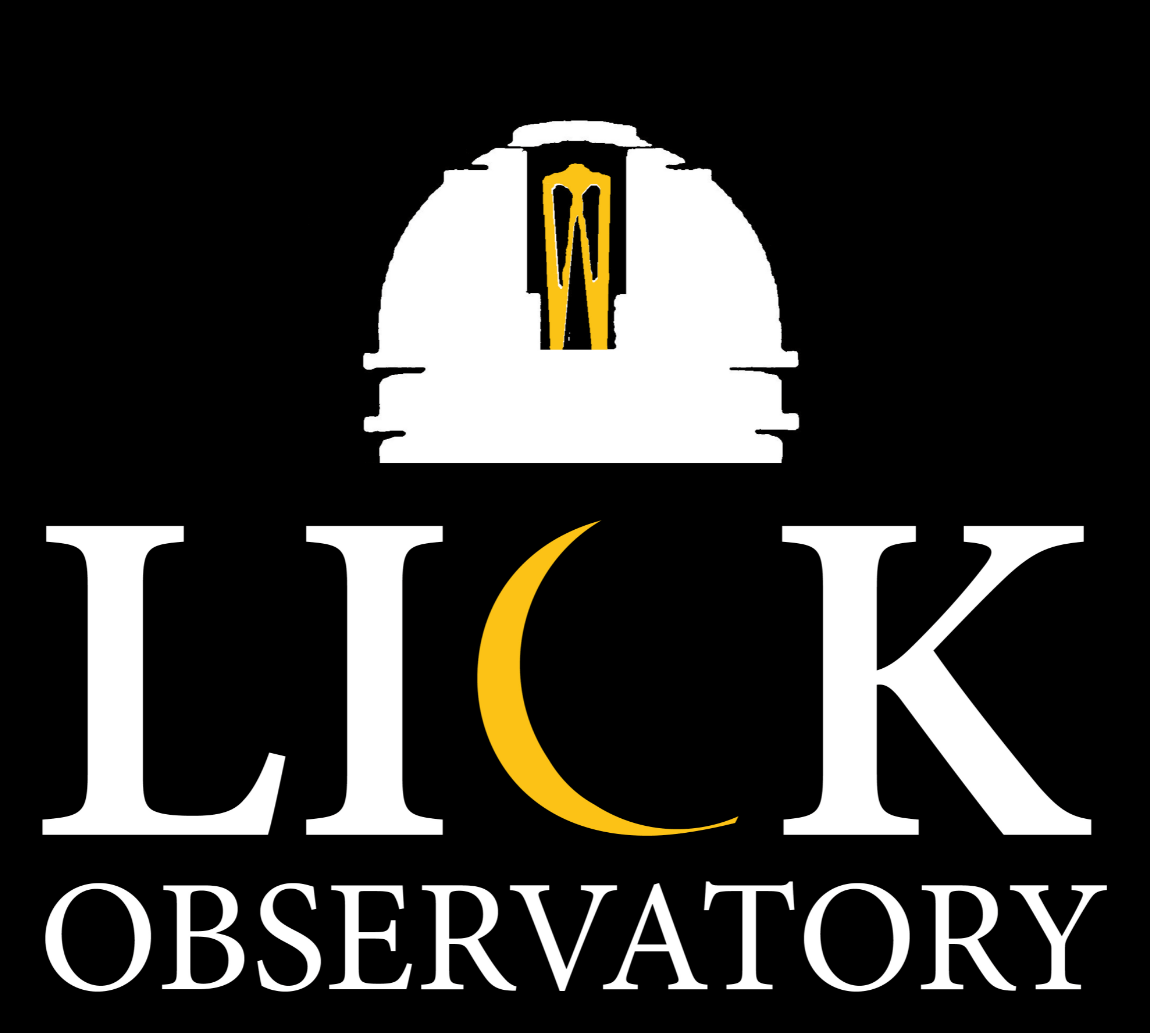Lick Observatory’s main Visitor Center and Gift Shop are open to the public Saturdays and Sundays Noon to 5pm. The main parking lot and outdoor public areas are open 8am-5pm daily. The Shane Visitor’s Gallery is open to the public daily, 10am to 5pm.

Visitor Center Hours:
The visitor center and gift shop are typically open year-round. Admission is free.
Closed – Monday through Friday
Open 12 – 5 p.m. Saturday and Sunday
Free talks inside the dome of the 36-inch Great Refractor are given at the following times:
12:30 p.m 1:30 p.m 2:30 p.m 3:30 p.m 4:30 p.m
The visitor center and gift shop and visitor center are also open on the following holidays:
Open – New Years Eve and New Years Day
Open – Martin Luther King Day
Open – President’s Day
Open – Memorial Day
Closed – Independence Day
Open – Labor Day
Closed – Thanksgiving Thursday
Open – Thanksgiving Friday/Saturday/Sunday
Closed – Christmas Eve and Christmas Day
Open – December 26, 27, 28, 29, 30, 31, and January 1

